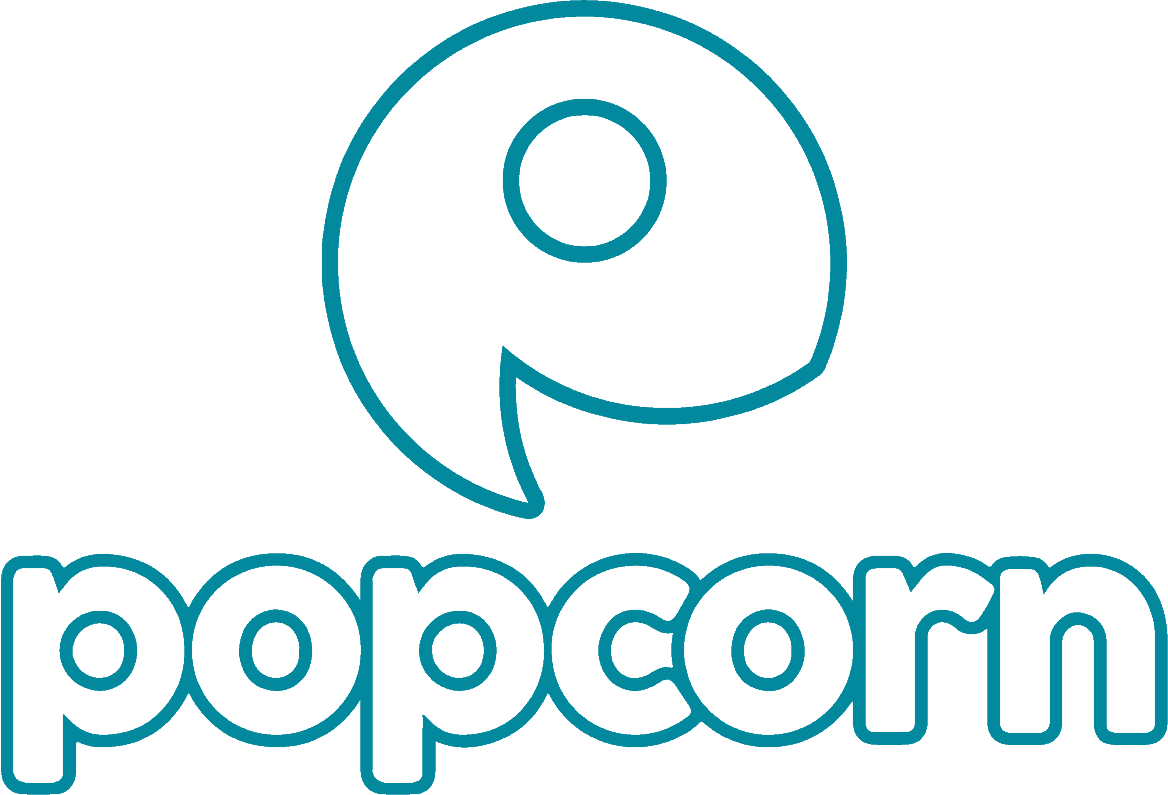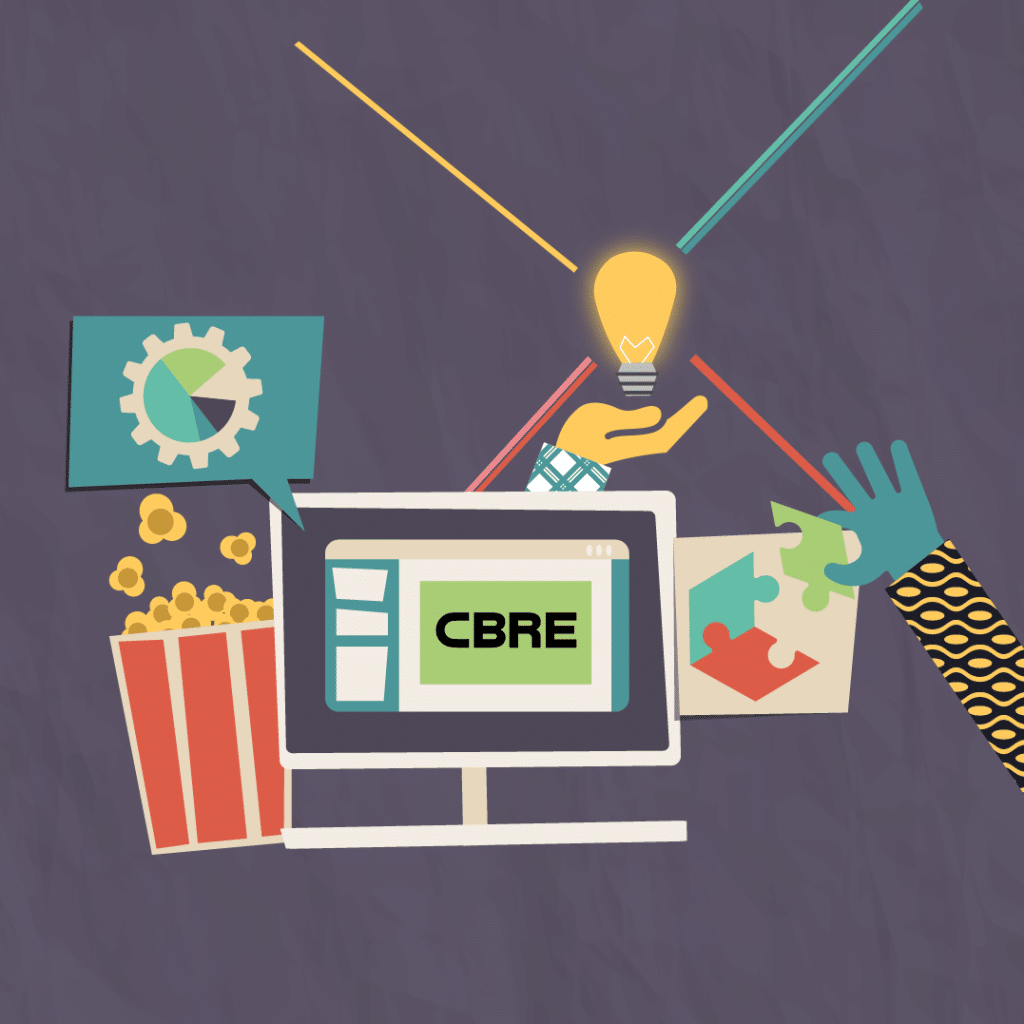The 2023 Fosway 9-Grid report for Digital Learning is out now, and as always, it makes for interesting reading. Although there are a lot of statements within the report that franked what I have already learned, there was one that was a bit of a surprise: workflow learning is more of an aspiration than a reality for most organisations.
Surely not.
But the report is clear. ‘More than 95% of L&D teams are looking to enhance the quality of learning in the flow of work’, yet ‘less than ten per cent of L&D teams report they are advanced at enabling it’.
Ouch.
So what is Workflow Learning?
Workflow learning, or learning in the flow of work, is the process of learning without having to first stop what you’re working on. A great example is a set of assembly instructions for some flatpack furniture. You open them up and (in theory at least) learn how to assemble your shiny new bedside table whilst actually doing it.
In fact, around the home, we’re amazing at workflow learning. Not sure how to do that DIY job? A quick search of YouTube and away you go! Can’t remember how to remove the safety lock on something? Google has the answer! Can’t connect the WiFi? Get the resident 10 year old to come and walk you through it. Again.
But if we’ve got workflow learning sorted in our home lives, why are we a bit rubbish at doing it in the workplace?
I believe there are four things that are stopping most organisations from implementing workflow learning successfully.
- Trying to do the wrong things.
Workflow learning isn’t a magic bullet. Not everything can, or should, be learned without first downing tools. If, however, the learning lends itself to short, sharp instructions, then what better way to do it than when you actually need to implement it?
Micro-learning is a useful approach for workflow learning. Think about how you can break a subject down into chunks that each take only a few minutes to complete.
- The content doesn’t exist.
A good workflow learning strategy will live and die by the content that you have available. It’s all about the right content being made available to the right people at the right time. If someone looks for help and the content doesn’t exist, they’re going to be less likely to look again.
This isn’t to say that you need to cover all bases. A thorough learning needs analysis should tell you where your biggest wins will be.
Don’t have time to create all this extra content? Consider a strategy that utilises user-generated content. You’re bound to have experts all around your business that would otherwise keep their knowledge reserved for the few who know to ask them. It works for YouTube. All you need to do is curate it and push the very best out to the masses.
- People don’t know what’s available.
Those guilty of quoting Field of Dreams ‘if you build it, they will come’ when it comes to content should hang their heads in shame. Workflow learning relies on a learner making a split-second decision at a time when they need the learning the most. They can only do this if they know the content actually exists.
Marketing is essential – you need to shout about what content people have available to them and how they can find it. Many marketeers agree that people need to hear a message around seven times before it sinks in, so consider a marketing strategy that keeps the message alive over time.
- People can’t access the content quickly.
One of your colleagues gets stuck with a task. It’s ok, because there’s some effective learning content available that will help them. They know it exists because they’ve seen loads of marketing about it. Unfortunately, they now need to access a clunky LMS in order to access it. Ten minutes later, they’ve reset their password twice and clicked through the seventeen sub-menus to find what it is they’re looking for. They’re now well out of the flow of work, and they’ll never try and do that again.
Where you place your content is critically important to its success. Make it too difficult to find and people will give up. Ask yourself if it needs to go on your LMS, or whether a smart section on your company intranet will do the trick? Is it that important that you can see if Trevor from accounts completed it?
QR codes are a great way to capitalise on workflow learning. Need to conduct an interview and you’re feeling a little rusty? Place a QR code in the corner of the interview paperwork and have it link through to a quick video on interview techniques.
Conclusion
Workflow learning should form part of the wider learning strategy for most organisations. The trick is to pick the right topics, make sure the content is available, that people know about it and that it’s easy to access.
Getting this right lends itself to how most of us like to learn – you find out how to complete a task when you’re doing it, giving you the opportunity to consolidate your learning there and then.
However, workflow learning isn’t a magic bullet. There are always things that are too complex to learn about without first having to take a step back from the task at hand.
___
Mark is one of Popcorn’s co-founders and directors. Since 2002 he’s developed and delivered hundreds of courses, both online and face to face. He’s worked both as part of an internal L&D function and as an external consultant. His actions have generated many millions of pounds worth of revenue for the organisations he’s worked with. He’s also partial to coffee and a nice pale ale, although fortunately, not in the same glass.






